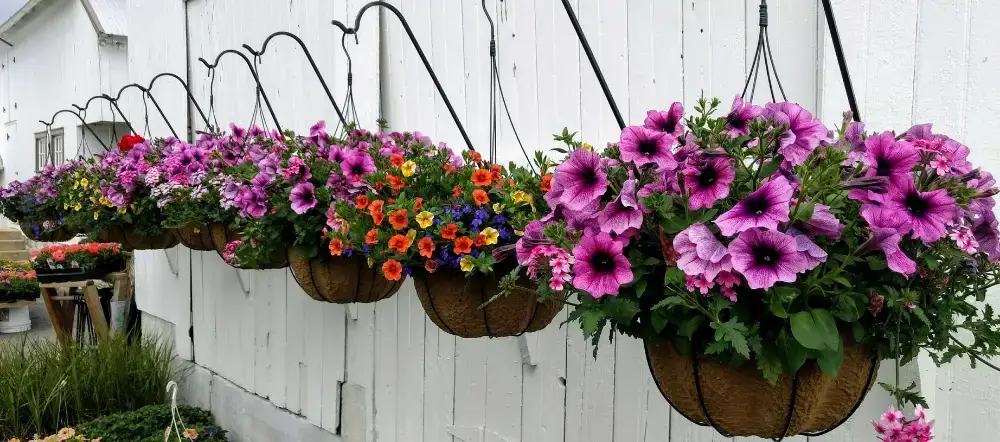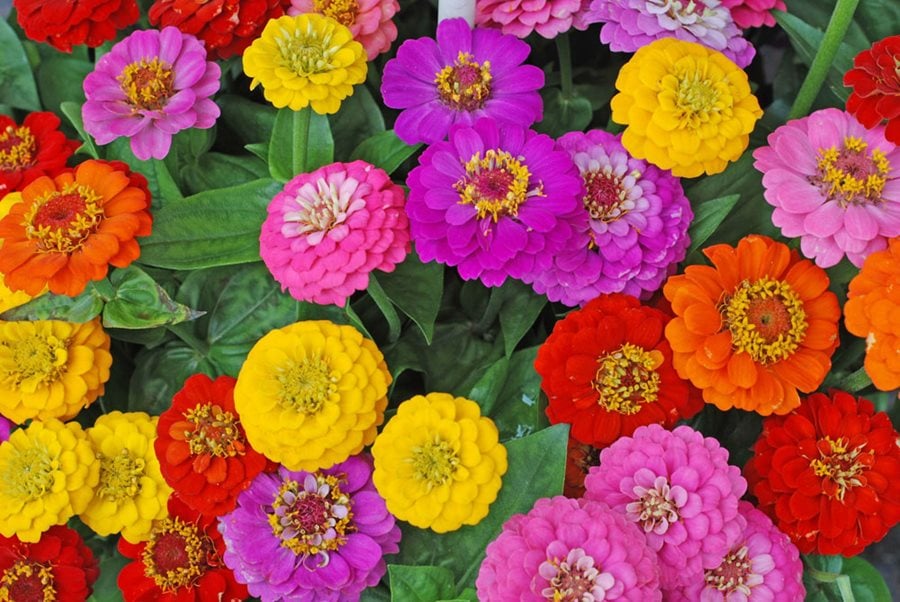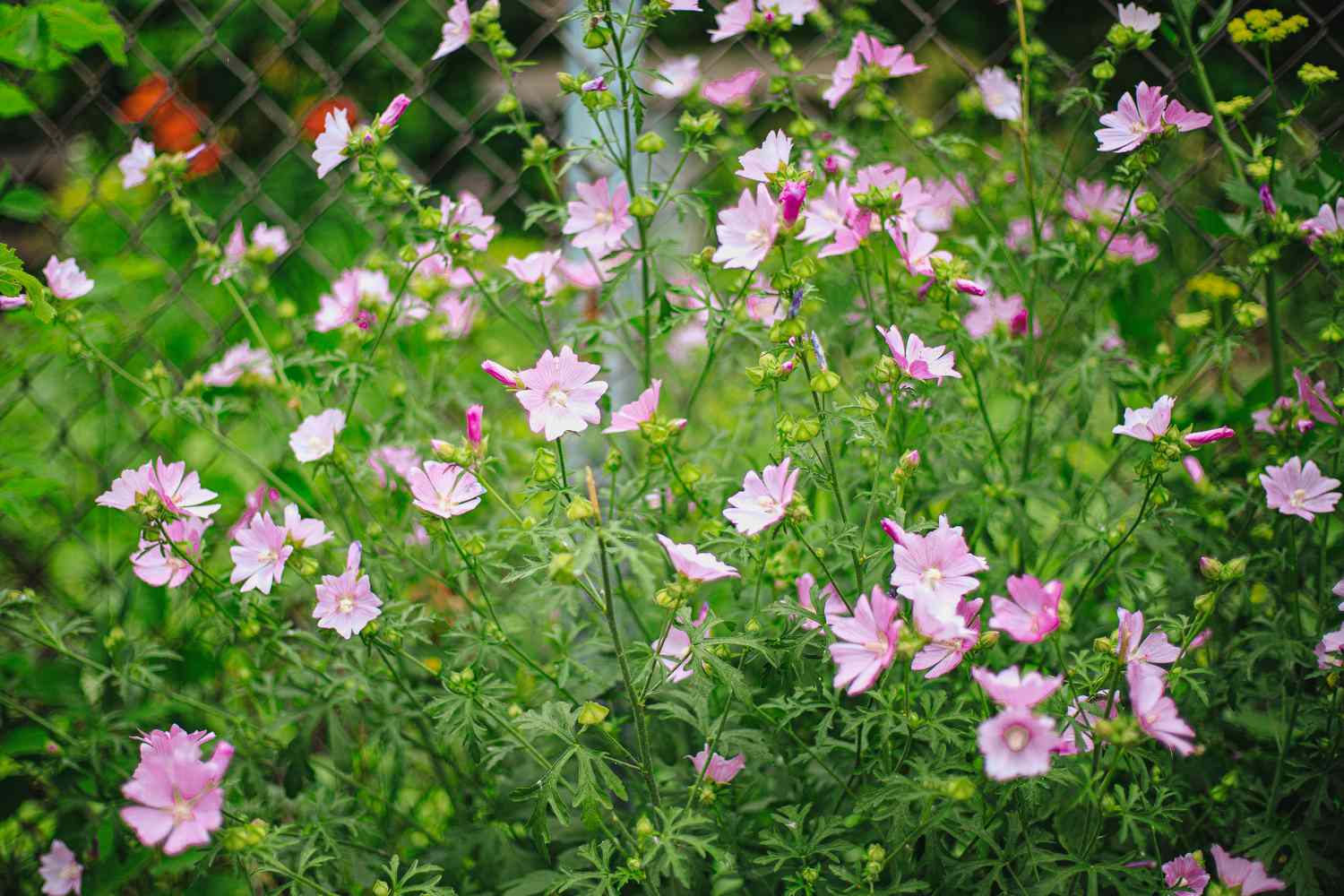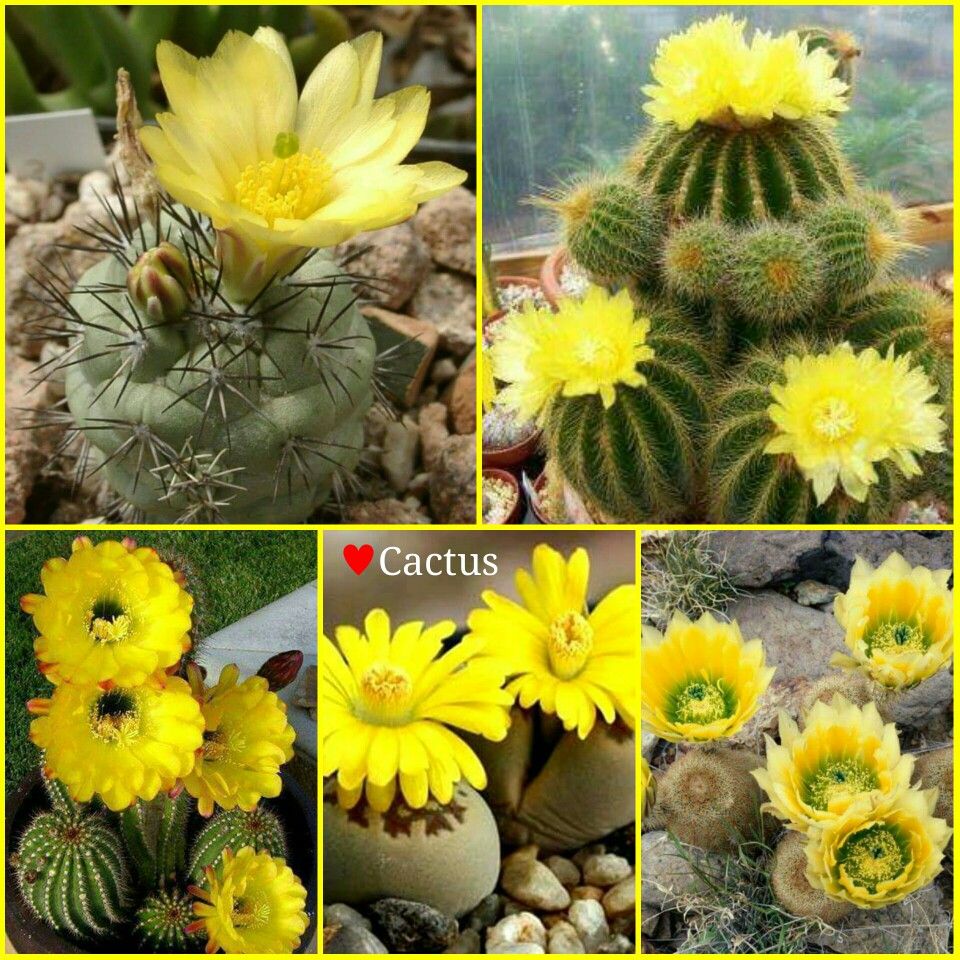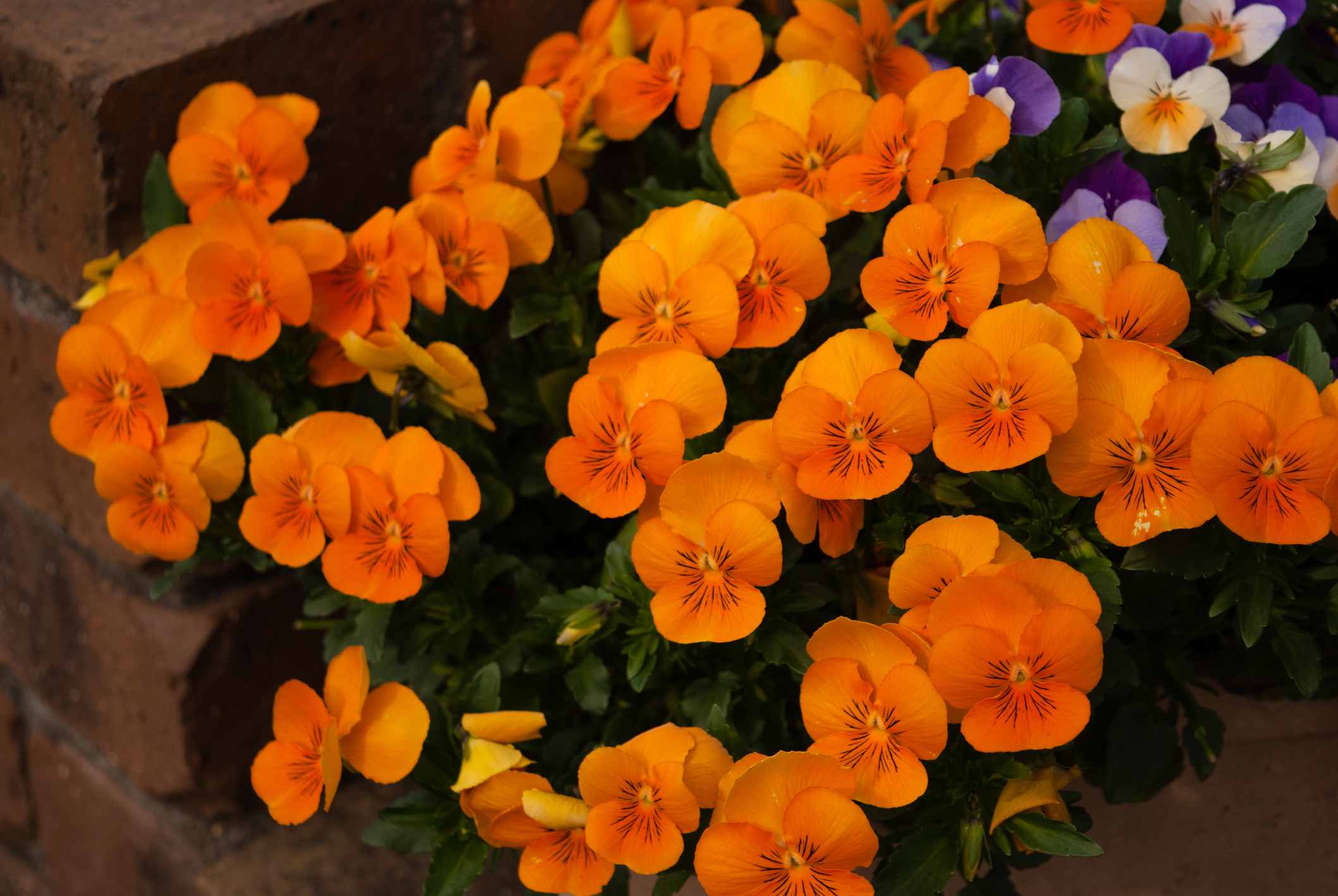Are Pansies Perennial? A Beginner’s Guide to Pansy Gardening
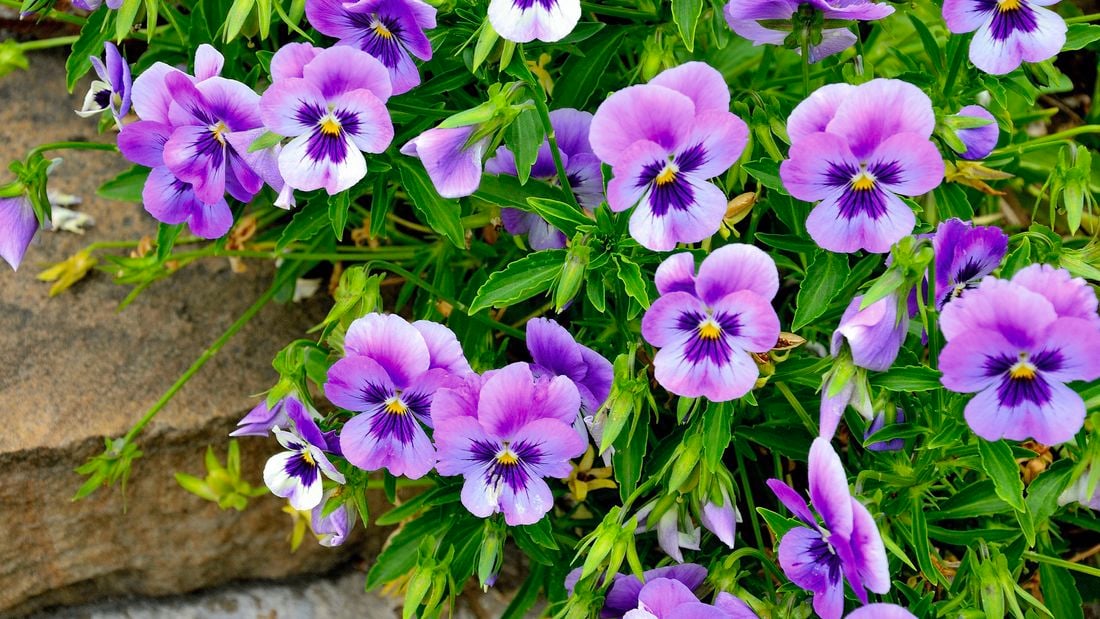
Table of Contents
Are you looking for an easy-to-grow flower that adds colour to your garden or balcony? Pansies being perennial, is a stunning addition to any garden or rooftop, providing a blast of colour that can brighten up even the gloomiest days. The zestful blooms of these flowers have captivated generations of children and adults and are fancied by gardeners worldwide. Although these lovely plants are easy to care for, with these simple steps, you’ll be able to cultivate a beautiful and vibrant pansy garden in no time. This article will explore how to keep them healthy and flourishing in your garden or pot.
Starting from understanding the growing conditions of pansies, talking about tips and best practices followed worldwide, and also talking about the aftercare of pansies, and this article is your one-stop solution to everything related to growing pansies.
Let’s get started!
Understanding Pansy Growing Conditions
It is crucial to understand pansies and what they require for successful blooming. The most important factor to remember is that pansy roots are incredibly delicate regarding the soil they need. This concern is also exaggerated because it prefers the colder temperate of spring and falls when root rotting is of most concern—grown in the spring or fall. They also need well-draining soil and plenty of sunlight. Here are some tips for creating the ideal growing conditions for pansies:
1. First Things First: When Should You Plant Pansies?
Pansies are cool-weather flowers, meaning they prefer to grow in temperatures between 40 and 60 degrees Fahrenheit. Therefore, it is recommended to sow pansy seeds in spring or late autumn in most areas when the soil is damp and the climate is mild. If the region where you live has sweltering summers, it would be recommended to consider planting your pansies in an area that offers shade during the afternoon when the plants are most stressed due to excessive heat. Also, ensure that the soil is not overly dry for an extensive period. You can do this by watering your plant once a day.

2. Choosing the Right Soil for Pansies
Choosing suitable soil is one of the most critical factors in growing pansies. Pansies prefer soil that drains well, is nutrient-rich, and retains adequate moisture. You can achieve this by several methods, such as:
- Using ready-made all-purpose potting soil available in the market
- Adding perlite, which assists in excess water drainage and helps improve aeration
- Adding yellow sand mixed with NPK 19 19 19, which both helps with aeration and helps keeps your plant healthy
- Using dense, heavy soil should be avoided as it can lead to root rot and nutrition imbalance
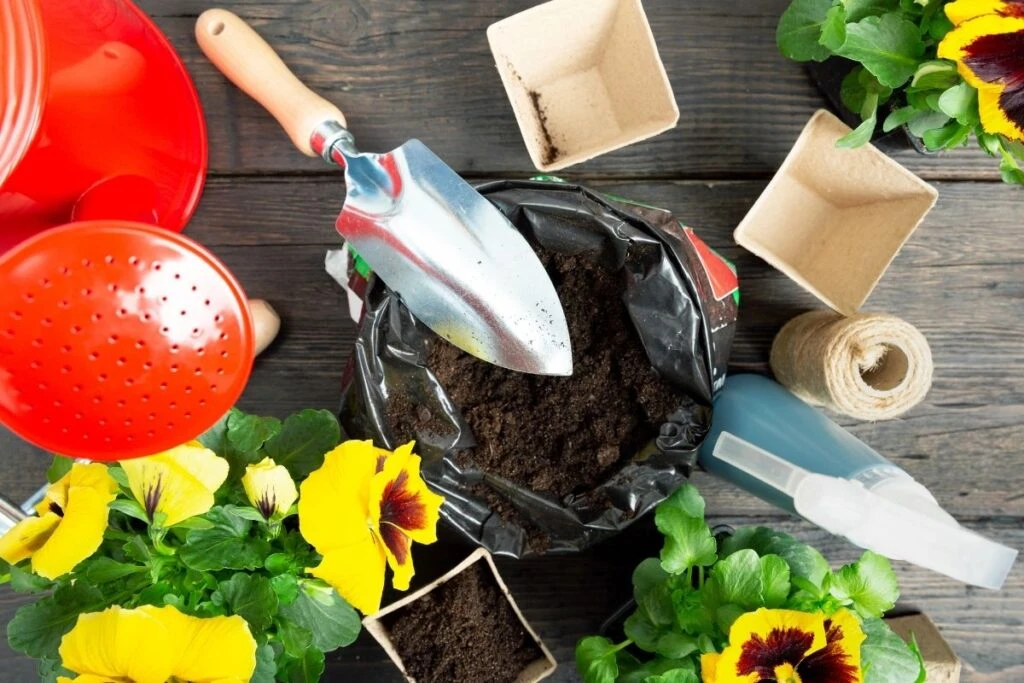
3. Watering Techniques for Pansies
Pansies need regular watering to thrive, but you should be careful not to overwater them. Watering once a week is usually good enough for pansies, but you may need to water much more frequently if your area is hot and experiences excessive heat. It’s also essential to be careful during water; you should pour water on the soil since moisture on the leaves can serve as a breeding ground for diseases. It’s recommended to water early in the morning or late evening when the plants aren’t stressed due to heat and they get the time to process that water into food.
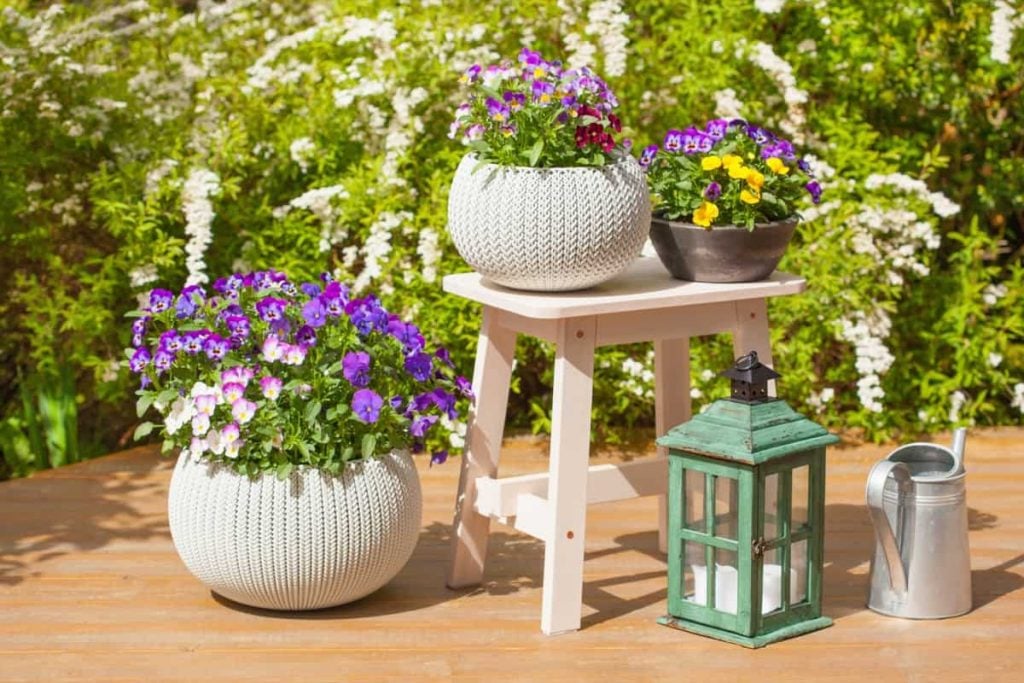
So, Are Pansies Perennials?
The short answer: Yes. But it is more complicated than that. While pansies are mostly grown as annuals in regions with mild cold weather, pansies act like short-lived perennials. In areas with harsher winters, their roots often can not survive for long and are thus treated as annuals. Pansies prefer temperate climates where they thrive, last for years, and bloom yearly.
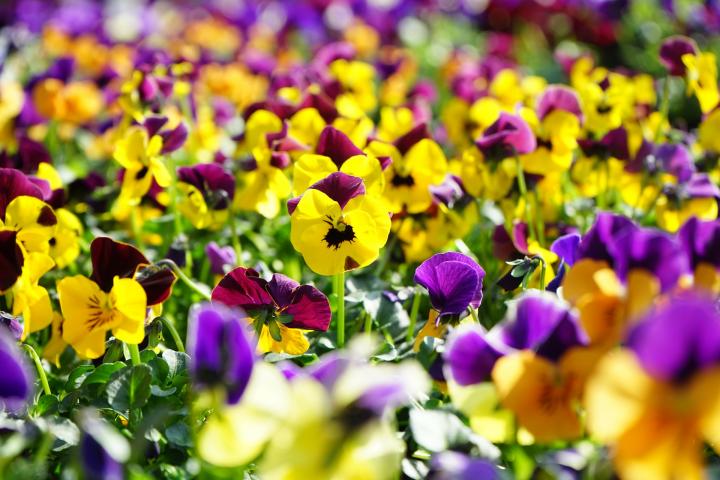
Fertilizing Pansies: Tips and Best Practices
1. Choosing the Right Fertiliser
To effectively fertilise pansy flowers, it is vital to understand their nutrient needs. These include Nitrogen, phosphorus, and potassium, essential for healthy leaf growth, strong, widely spread roots, and vibrant flowers. Selecting the right fertiliser is equally crucial. Organic fertilisers, which you can make at home, are preferred as they release nutrients slowly, improve soil quality, and are eco-friendly. However, synthetic fertilisers likeNPK, sold in the market for cheap, may be needed occasionally, depending on factors such as soil type, climate, and the plant’s current state.
2. When to Fertilise
Timing is a critical factor when applying fertiliser to pansy flowers. Using it too early or late in the growing season can lead to nutrient imbalances or plant burn. The best time to feed fertiliser to pansies is in early spring or early fall when they are actively growing. Even then, applying fertiliser at the right time can be significant; adding the fertiliser early in the morning is recommended.
3. How to Apply Fertiliser
To achieve the best results, it is essential to use just the amount of fertiliser your plant needs; you can even leverage the instructions that come with most fertilisers and adjust the quantity as per your need. However, too much fertiliser can harm pansy flowers, leading to nutrient imbalance and even fertiliser burn, which happens when the fertiliser salts build up on or in the soil’s surface, resulting in nutrition or water deficiency, ultimately, death of the plant. At the same time, nutritional imbalance happens when there is too much of one nutrient in the soil, leading to defects in others, which can cause stunted growth and poor flowering.
After fertilising pansy flowers, it is essential to water them thoroughly to help the nutrients reach the roots. Thorough watering helps distribute the fertiliser evenly, preventing fertiliser burn and keeping your precious flowers healthy.
Monitoring your pansy’s response to fertiliser is crucial. Pansy flowers are very communicative and quickly show signs which should tell you if the fertiliser you are using or how you are fertilising them is good for them or not. For example, over-fertilisation may cause stunted growth, yellowing leaves, or burnt foliage, while under-fertilisation can result in weak stems, poor growth, and very few flowers.
Pansy Care: How to Keep Them Blooming All Season Long
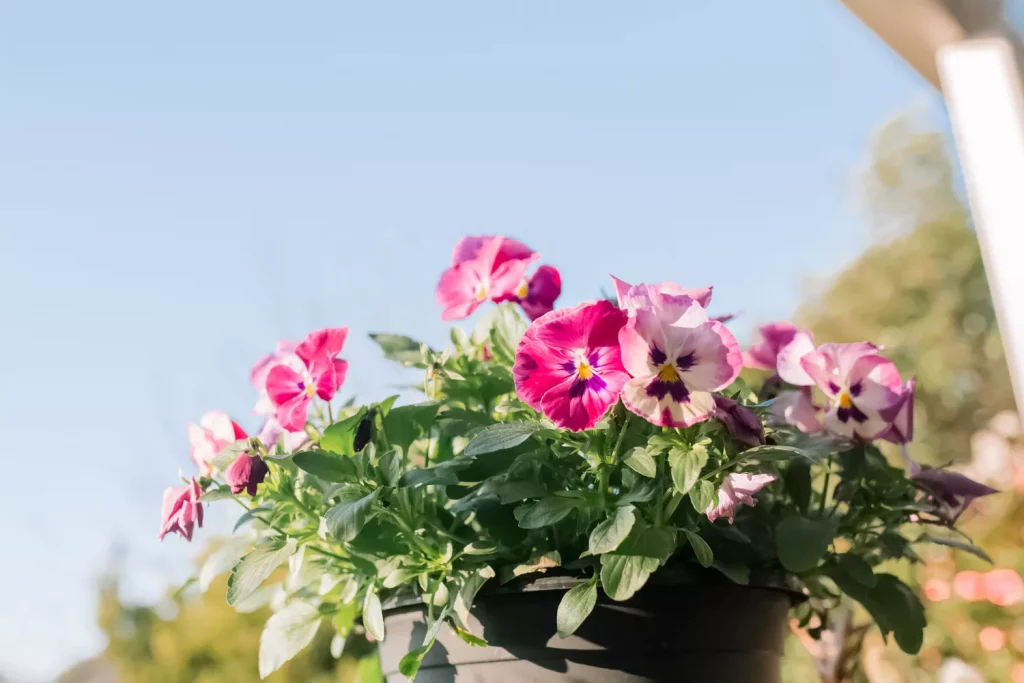
1. Deadhead Consistently
Pansies will bloom all season long if you remove the already-bloomed stems regularly, promoting new growth. Pinch off the old flowers or use a pair of garden shears to snip them off. This allows your pansie stems from focusing on blooming fresh flowers instead of spending their valuable nutrients on maturing seeds.
2. Control Pests and Diseases
Pansies, being outdoor pants, are susceptible to various problems and conditions, including slugs, anthracnose, powdery mildew, and mealybug. Mealybugs are the hardest to deal with as they’re carried to plants by ants. Keep a vigilant eye for any signs of infestation or disease and act promptly to prevent them from spreading. There are many organic options for controlling pests and conditions, such as neem oil or even regular dish soap in your kitchen which you can mix with water and spray on the affected area.
3. Shield from Harsh Weather
Pansies are brutal but extreme temperatures, heavy rainfall, or strong winds can hamper their growth and health. Protect your pansies from such severe weather by either covering with a row cover or moving them to a sheltered area. While severe weather can damage your pansies, lack of adequate sunlight can be worse. Therefore, please keep them where they can get at least 6 hours of daylight in partial shade.
Pansy Varieties: Which Ones Are Best for Your Garden?
1. Yellow Blotch
Known as the face of pansy flowers worldwide, it is undoubtedly loved for its pure yellow colour and how easy to maintain they are. They grow to 12 inches tall, shine in a landscape, and give you that aesthetic summer look.
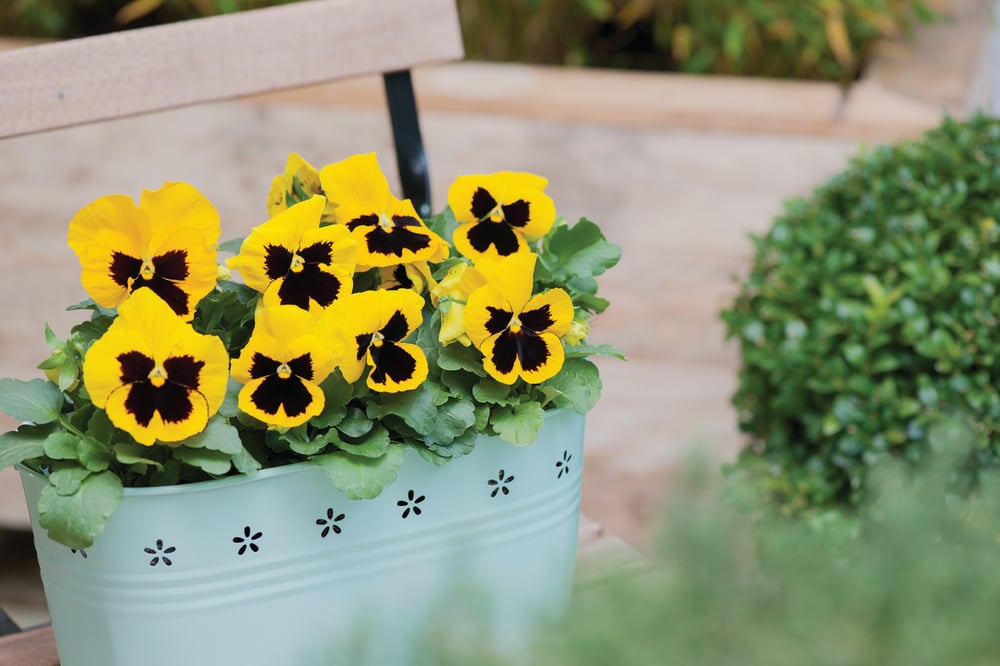
2. Jolly Joker
Pansies are known for their colours, and this one brings a bunch to the table. Its striking mix of bright orange, purple, and black mesmerise anyone. Its unique colouring is bold, alluring, and sure to catch anyone’s eye. It is perfect for any gardener looking to add a splash of colour to their lovely garden.
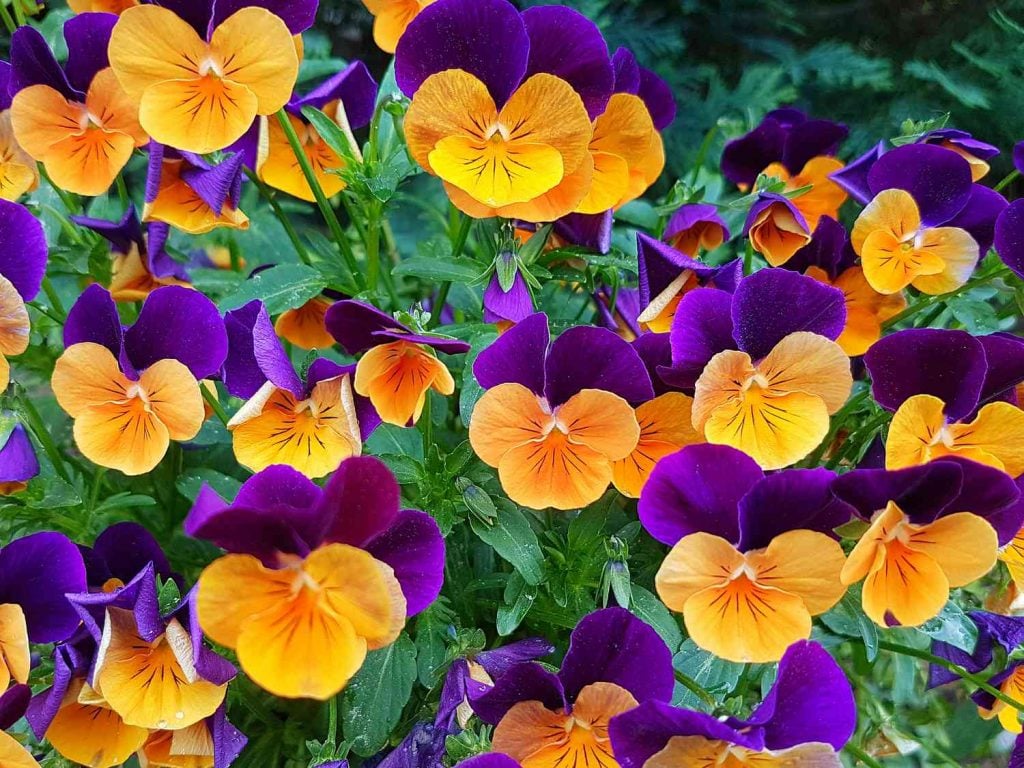
3. Delta Premium Beaconsfield
The Delta Premium Beaconsfield is part of the series, beloved for its lavender and cream colour combination. The best part about it is how tolerant it is; unlike most Pansies, it is also drought resistant to some extent. Although it only grows 6 to 8 inches, it is perfect for people who wish to add low-maintenance and colourful pansies to their garden.
![]()
4. Majestic Giant Pansies
Befitting its name, the Majestic Giant Pansy produces giant majestic flowers that grow up to 4 inches in diameter. These pansy flowers range from deep blue to bright yellow, bold red,d and rich orange. The best part about these flowers is that they flower throughout the season without any issues. Their bright colours also attract bees and butterflies, making them a valuable asset for gardens.
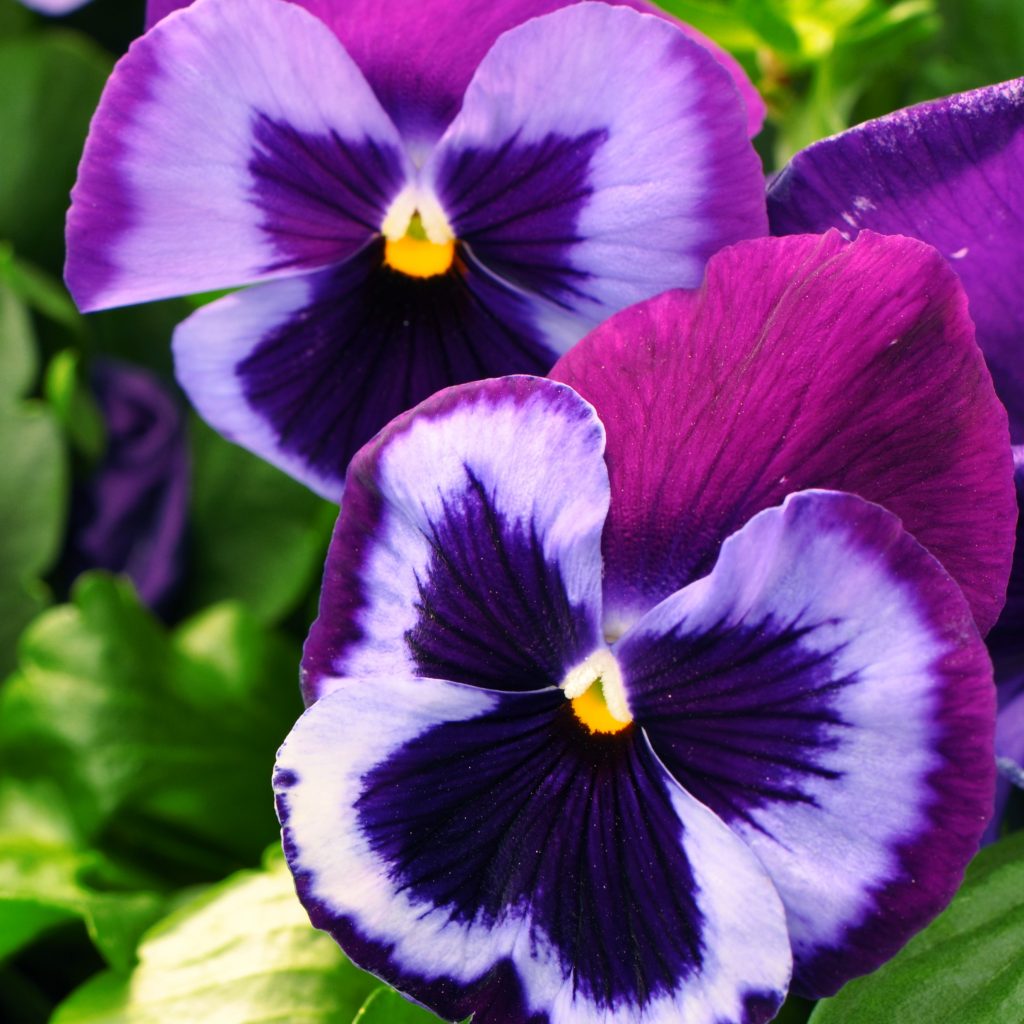
5. Swiss Giants
This classic has stood the test of time with its wide range of colours, including purple, yellow, red, and white. What makes this pansie unique is its use as a herb in traditional and modern medicine. Its anti-inflammatory, analgesic, and antioxidant properties make it the perfect addition to your garden and cup of tea. And there is plenty for you to use, thanks to its 4-inch flowers.
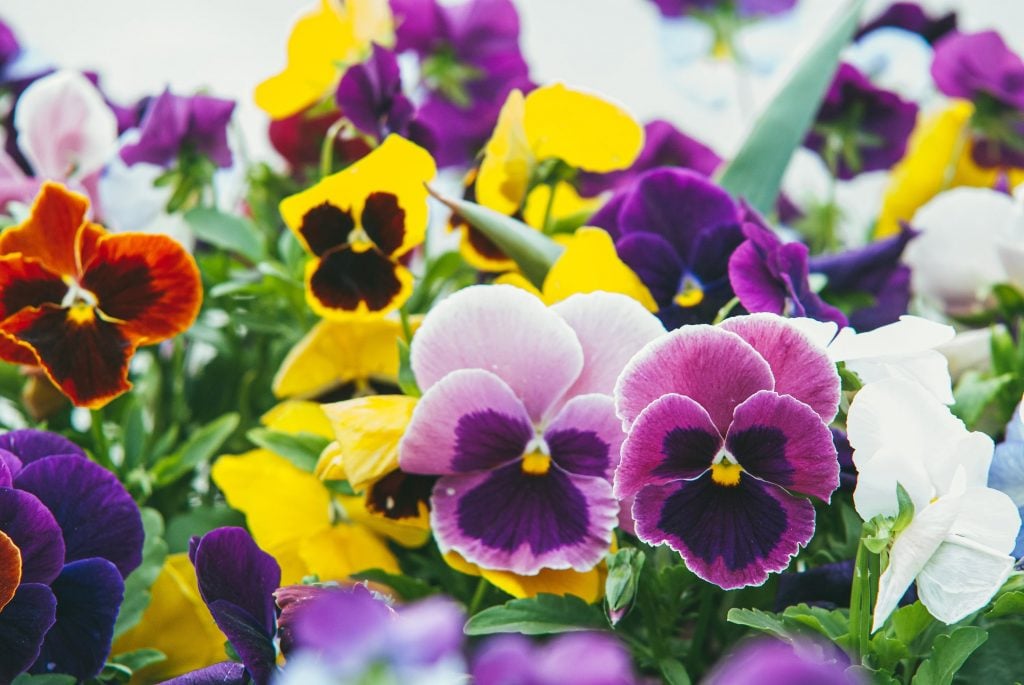
How Often Can You Repot Your Pansies?
With their growth rate, it can be surprising how easily and quickly they outgrow their pots, especially if you don’t practice deadheading. It is generally recommended to repot your pansies every two to three years during the spring to get the time they need to settle in the new soil when the weather is still relatively moderate.
Let the Pansie roots soak in some sunlight with a coating of turmeric to avert any infections. Meanwhile, you can prepare a fresh batch of potting soil for them or use premade potting soil, of which many are in the market(some are even made specifically for pansies). You can also add a hint of root growth hormone to ensure your pansies grow healthy.
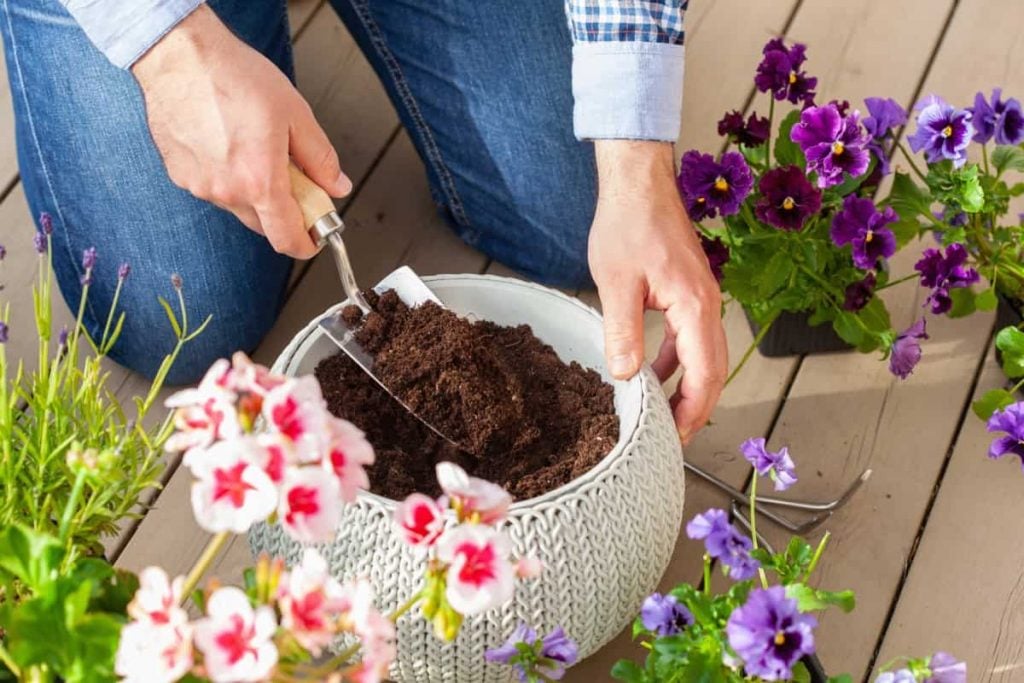
Enjoy Your Beautiful Pansy Garden
The beauty and elegance of pansies have made them a popular addition to gardens and balconies worldwide. While growing these delicate flowers may seem daunting, they are relatively easy to care for if you follow a few simple guidelines.
Pansies require specific growing conditions, such as cooler temperatures, well-draining soil, and adequate sunlight. They also require regular watering and proper fertilisation to ensure healthy growth. However, with the appropriate attention, these little blobs of elegant colours can add life to any garden.
All you need to do is keep track of some simple steps in this blog, such as when to water your pansies, when to report, which weather they prefer, and how to protect them against insects and infections. With these simple steps, you can ensure your pansies grow healthy and bloom regularly for you to enjoy.

